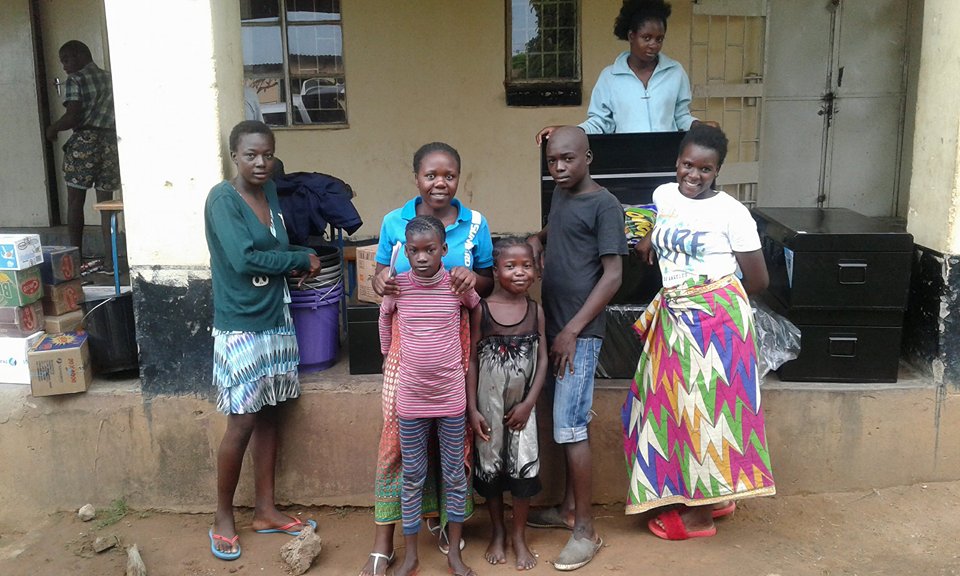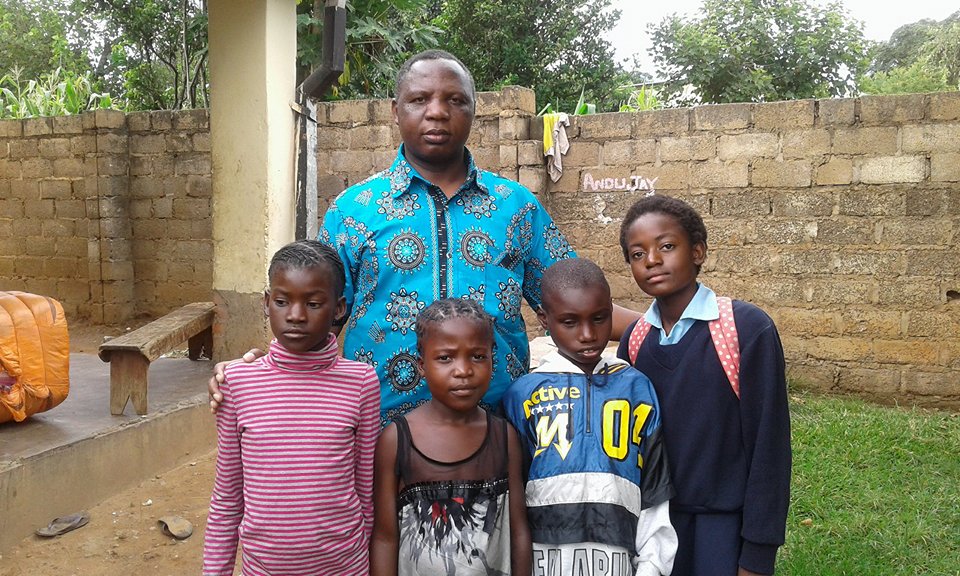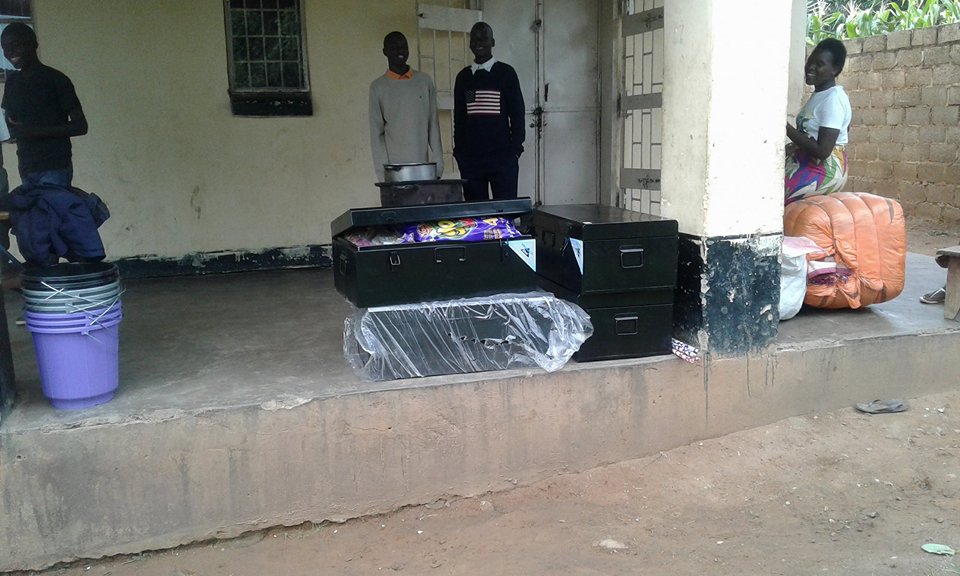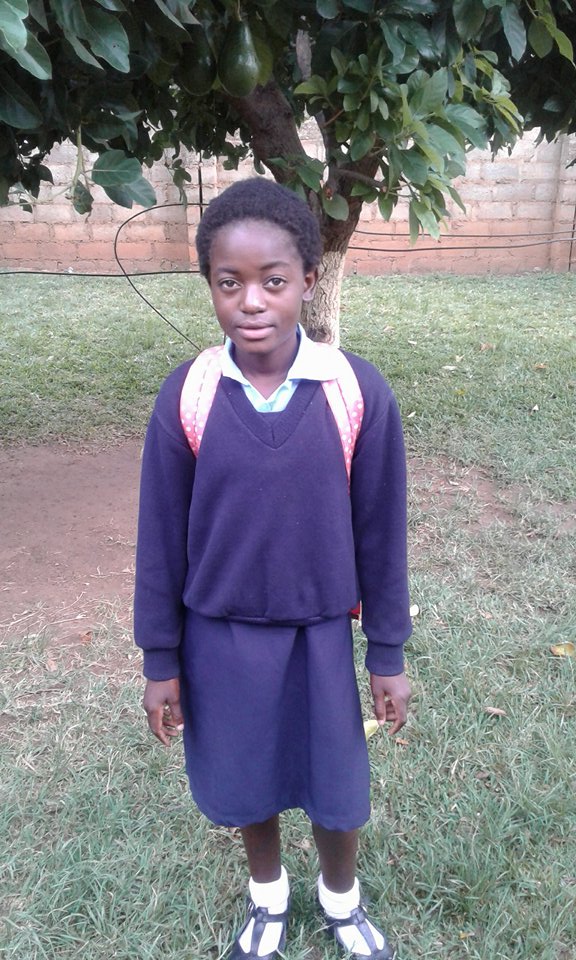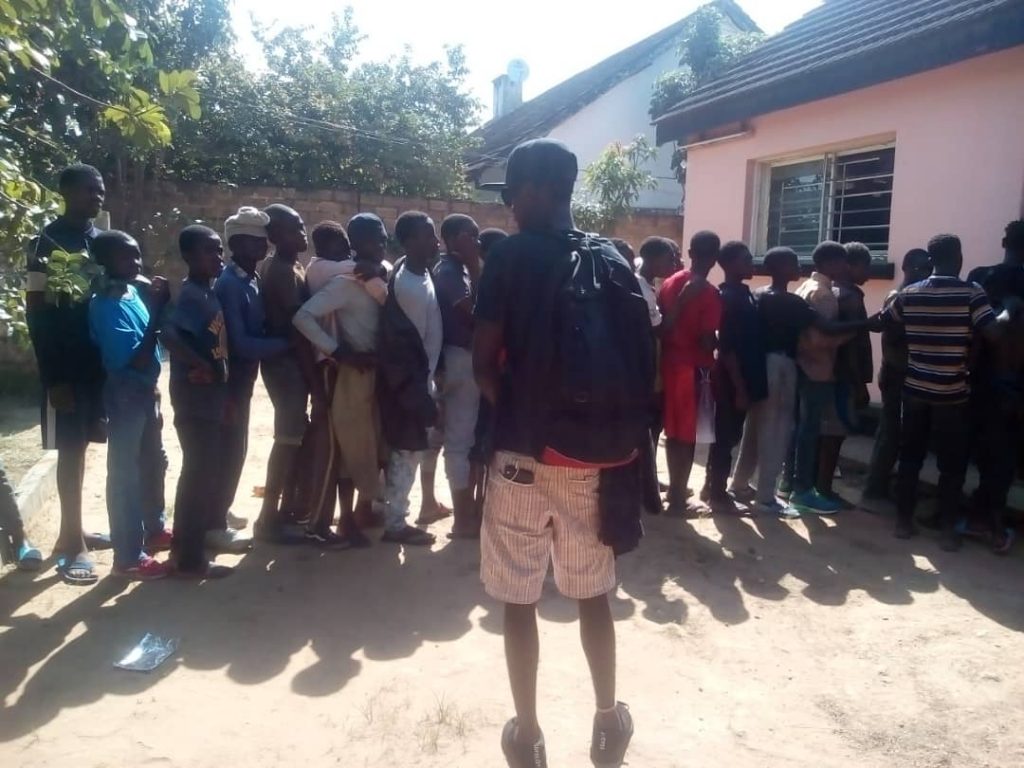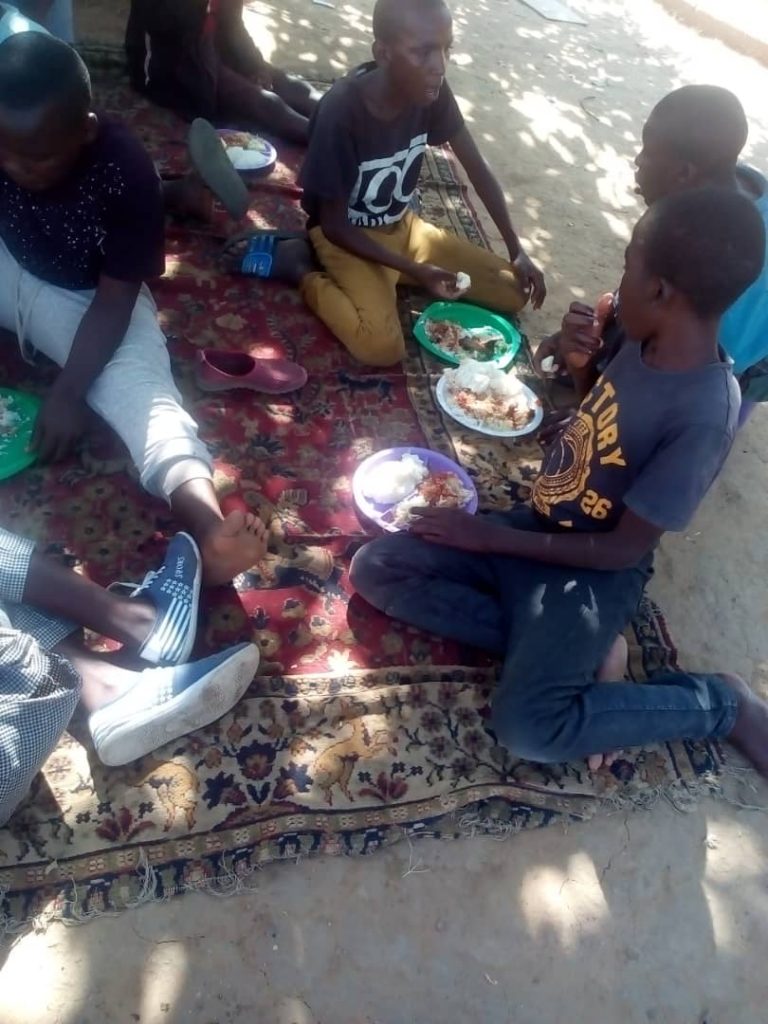Chisomo Shelter for Street Children is based in Lusaka, Zambia and has been in existence since 1993; it was registered as a Zambian non-profit organisation in 1997. Since that time, Chisomo, which means Grace when translated into English, has been providing much needed services for children who find themselves living on the streets for a variety of reasons.
Chisomo has three main programmes which seek to address the issue of street children in Lusaka through prevention, intervention and rehabilitation. The three programmes are the Shelter (rehabilitation), the Drop-In Center (intervention), and the Mothers Programme (prevention).
The shelter presently has 34 children residing at it: 15 girls and 19 boys. However, the number can vary quite a bit as they are often asked to admit new children, and also seek to reunite children with their families where possible, and appropriate. Unfortunately it isn’t always possible to reunite the children with their families, especially when the reason for the child leaving home relates to an abusive domestic situation, or being abandoned by a parent who has remarried and where the new step parent wants nothing to do with any children of the previous marriage.
However, where a child ran away to the city due to false promises of a better life, and now sees that life at home isn’t so bad, there is always the chance to carry out reunification, and these opportunities will be followed through on whenever they arise.
Fostering and adoption are not practices that are cultural norms in Zambia, so finding new homes for children who can’t return home are very hard, hence they will often stay at the shelter until they reach adulthood.
The children at the Shelter come through the Chisomo Drop-in Center and also via the Department of Social Welfare. Children at the Shelter get a chance of either starting school for the first time in there life or continuing with school. The age range is 6 to 18 years, and whilst at the Shelter, the children all get the chance to go to school and where possible complete through to national school leavers exam level.
The day care program targets children who are living on the streets of Lusaka and average attendance there is 30 children per day. The age range of children is from 8 to 18 years . When they attend the drop in centre, they get given a nutritional meal, access to washing facilities, the opportunity to have any injuries and illnesses tended to, and space to sleep safely without fear of police, traffickers or other abusers attacking them, as can happen on the streets.
Children end up on the streets for varied reasons. There are those whose parents have passed on, those from broken homes where a parent has remarried and the child cannot get along with either the step dad or mom, those who have been neglected and some that have just ended up in the streets because they either travelled to the city out curiosity or have been influenced by their friends who falsely persuaded them that they can make easy money. Living in poverty can make children very vulnerable to the lure of money, and so be tempted to take decisions that they maybe know deep down are wrong. There are also some children that have been abused and opted to leave home.
The children who transition to the shelter are those who are willing to take the steps required to leave the streets and want to be admitted at the shelter. Those steps include turning away from dependency on addictive substances, and following rules of the shelter including attending school, carrying out their chores, living as part of the Shelter ‘family’ and conforming to acceptable behaviour.
The mothers program has 60 women all of whom are vulnerable and unable to provide for their children and dependants. Most of them are elderly, widowed and looking after their grandchildren because the parents have passed on, often from HIV/Aids related illnesses. The aim of the program is to give the women skills like sewing, necklace-making, tie-dying and other crafts that can be turned into income-generating projects. In so doing, the women are empowered to provide for their families.
The link between this and the street children issue, is that poverty is another of the key factors in forcing children to live on the streets. With no-one able to provide an income, the children either run away, or they are compelled to find work on the streets, either begging, or doing unskilled labour or selling goods on the side of the roads.
So, if the women are unable to provide for the children in their homes, then
there is definitely a risk of their children and grandchildren ending up on the
streets.
by contrast, when parents or grandparents are able to provide for their
households, the children will have enough meals and will be able to attend
school instead of having to go to the streets.
The challenges for Chisomo are numerous. Both the Shelter and the Drop-In are housed in rented properties which leads to permanent funding issues relating to rent. Feeding the children both at the shelter and the day care is a mammoth task, and of course there are all the other costs associated with caring for the children at the shelter eg clothing, bedding, shoes, health care. The other big cost is the school fees – many go to boarding school as they are too old for local schools, and so the funds required are quite considerable.
But despite all this, Chisomo keeps moving forward. Over the years many boys
and girls have passed through the Chisomo Shelter program. These have gone on
to finish their education whilst staying at the Shelter.
One example is that of a young man Sunday Bwalya who went through University
and is now working with the Ministry of Health as a planner in the Northern
Province of our country. What a remarkable turnaround for someone who started
out living on the streets.
Long may Chisomo continue its life transforming work, bringing hope to children who thought it had all gone forever wrong.
